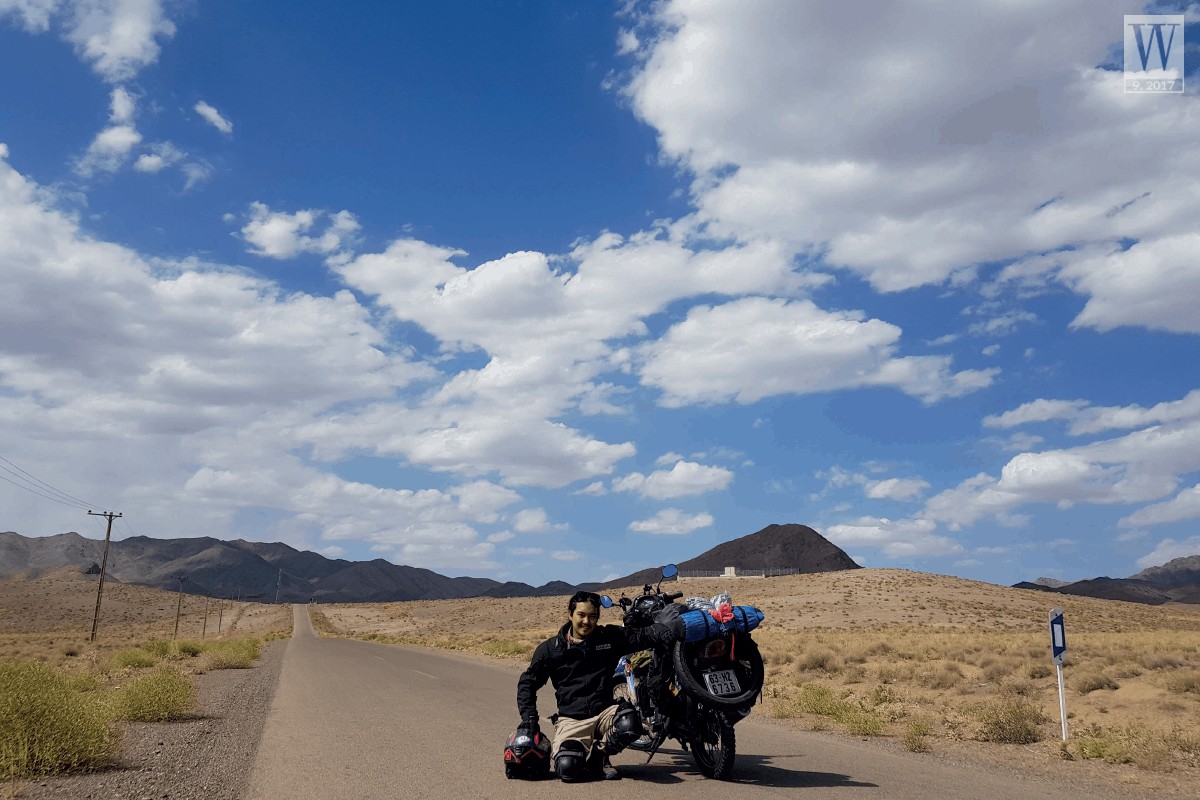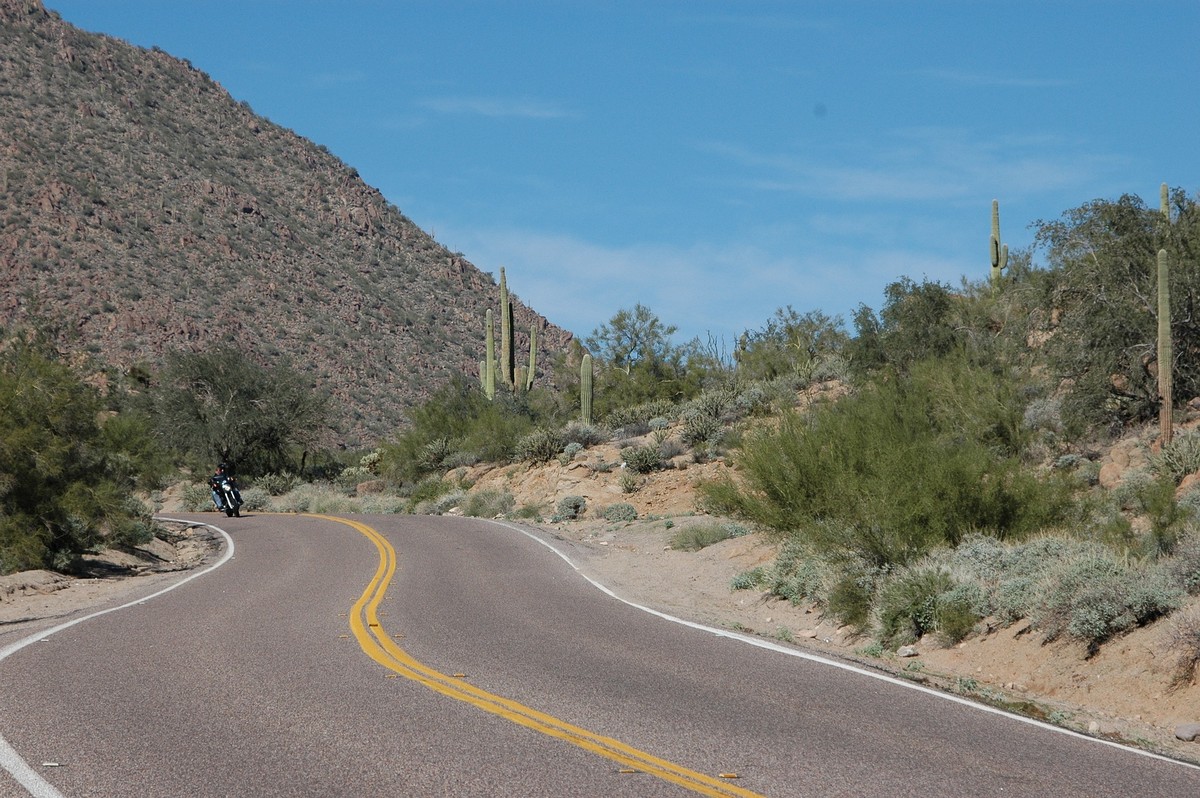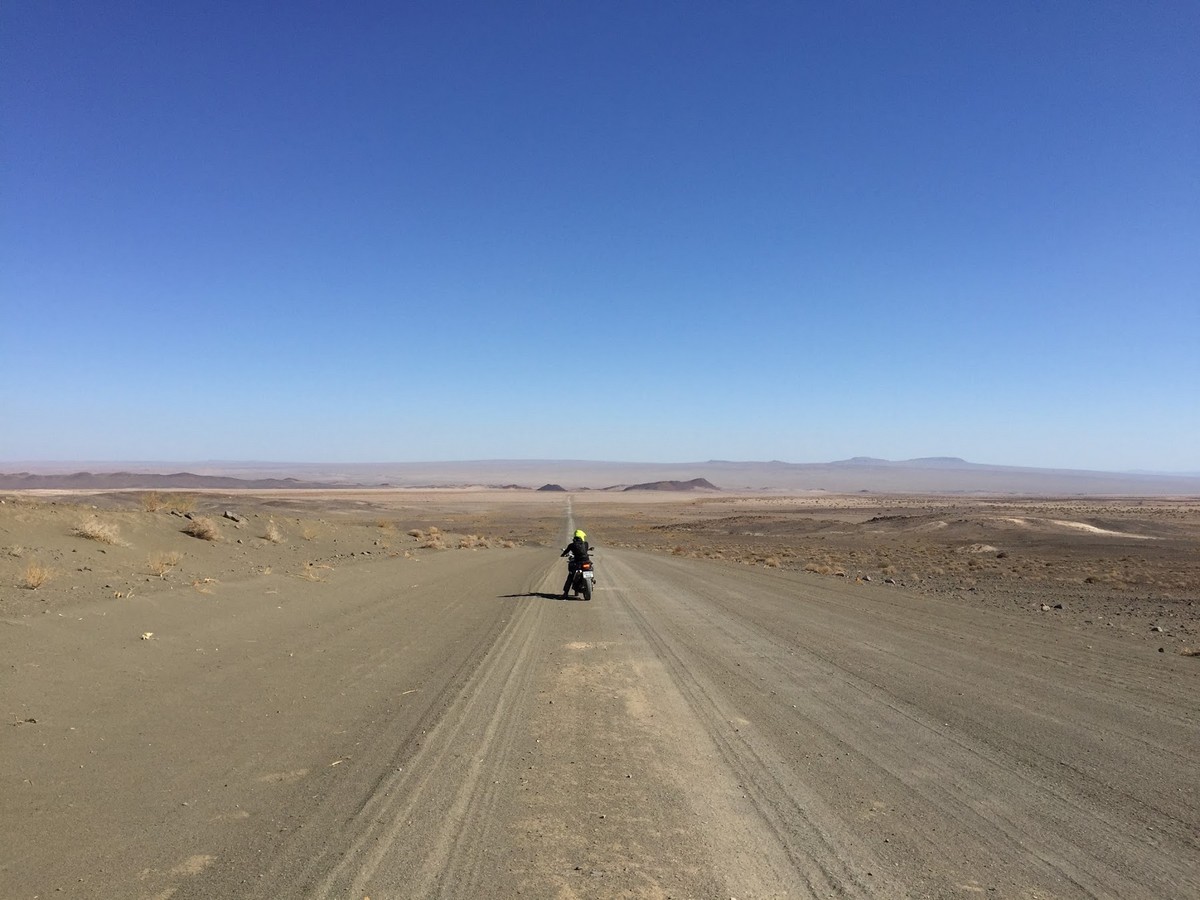Here is some brand-new advice from the road-trip experiences of Tran Dang Dang Khoa – the young man travelling around the world on a motorcycle.
[rpi]

During these past few weeks, I have crossed through the deserts and semi-deserts of Balochistan Province, Pakistan and Sistan, Baluchistan Province (Iran), which are famous for harsh weather, arid climate, and extreme vastness.
Heat from the sun, road surface, sand, and blowing wind will wear you out very quickly. On road trips with self-driving vehicles in foreign countries, you will sometimes encounter the following situation, especially if travelling in countries with similar terrain and climate. In addition, if you drive long distances in a hot season with high temperatures in Vietnam, it is important to make sure that your journey is safe and favourable, so that you can enjoy exciting experiences along the way.
CHECK THE MOTORBIKE CAREFULLY BEFORE DEPARTING
Extreme environments often have very few residents living along the road, so you may only find a low number of repair shops, or none at all. If any damage occurs along the way, it will be very dangerous and you will waste a lot of energy to repair it yourself. Before departing, you need to change the lubricating oil, check the amount of water, and fill up the water for the engine cooling system. If the temperature is too high, the engine can get very hot, and if the engine doesn’t have enough oil, it can also get hot and easily damaged. In addition, it is necessary to check the tire pressure. When travelling paved roads, it should be pumped moderately, but when driving across a sandy area, it is recommended to let the air out of the tires to increase the tire’s footprint (You should carry a hand air pump to fill up the tires when you return to driving on paved roads).
BRING PLENTY OF WATER, FOOD, AND GASOLINE IF YOU GO FOR DAYS
Driving under the hot sun, you will soon be dehydrated, so bring plenty of water and pack it carefully into various bags and containers so that even if your motorbike falls, the bags and containers will not be broken. Gasoline reserves are equally important; you should carry a suitable amount of gasoline for the distance that you will travel. Also, it is recommended to carry 1.5 times the capacity of your motorbike tank. Petrol containers should be especially designed to prevent collisions and leakage, and to withstand high temperature. At the gas station, after filling the tank, make sure you fill up the reserve containers, as you may not know whether the road ahead has any gas stations.
WEAR CLOTHES THAT COVER THE WHOLE BODY

There are many misconceptions about dressing when driving through desert, such as wearing shorts and short-sleeved shirts. This is not right. You should follow the Arabs, who have lived in the desert for thousands of years: cover the whole body. The sunlight in the desert and semi-desert has extremely high radiant emissivity, which causes bad effects for the skin. Continuously exposing your skin to sunlight will cause injuries to the body and wear you out quickly. It is recommended that you wear long-sleeved clothes, shoes, gloves, sunglasses, and a full helmet to protect your body and minimise physical damage when accidents happen. Some people, especially motorcyclists, even dip their clothes in water before entering the desert, to reduce the heat and keep body’s moist.
MOVE ON THE ROAD
Keep a steady speed and curb the amount that you increase and decrease your speed, so that the engine is not forced to work too much. This also optimises the fuel consumption of the motorbike. There are very few vehicles in the desert, but you still need to pay attention to vehicles in the same or opposite direction. When driving through thick sandy areas, your motorbike may tilt and continuously lose balance; if this happens, prop your legs up in the sand to keep balance and push the motorbike if it sinks in the sand and cannot move.
It is recommended that you locate your centre of gravity at the centre of the motorbike. Do not lean forward or backward, otherwise the centre of mass of the motorbike will be distorted. When changing direction, this could cause difficulties, such as the motorbike sinking in the sand. When travelling through the thick sand, you should shift down to a lower gear and drive at a steady speed. Avoid increasing the speed, as your motorcycle may lose balance easily.
SOME OTHER NOTES

Notify your family or friends about your planned destination and arrival date so that if you get lost or your motorcycle is damaged along the way, someone will know and call for help if necessary. Bring a thin tarpaulin (if you ride a motorbike) to use as a sun-shading tool when taking a break along the road or stopping to repair your motorbike, as it will be very hard for you to find any shade.
After getting out of the desert, wash your vehicle and thoroughly clean the gears and drive chain, as the sand can erode them very quickly and cause other damage for the motorbike. You should travel in a group and have tow rope or winch to support each other when driving on the sand. Avoid going alone if you do not know where you are going. If camping in the desert, be sure to bring sturdy tents, blankets, and pads because the temperatures in these areas grow quite cold at night. Other necessary items are flashlights, cooking utensils, and other basic camping gear.
Wanderlust Tips

